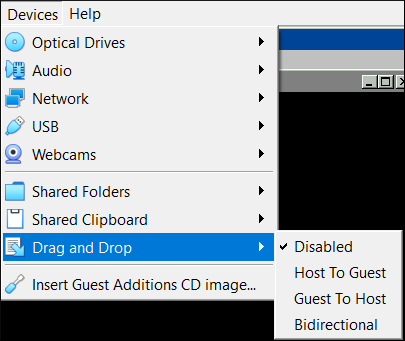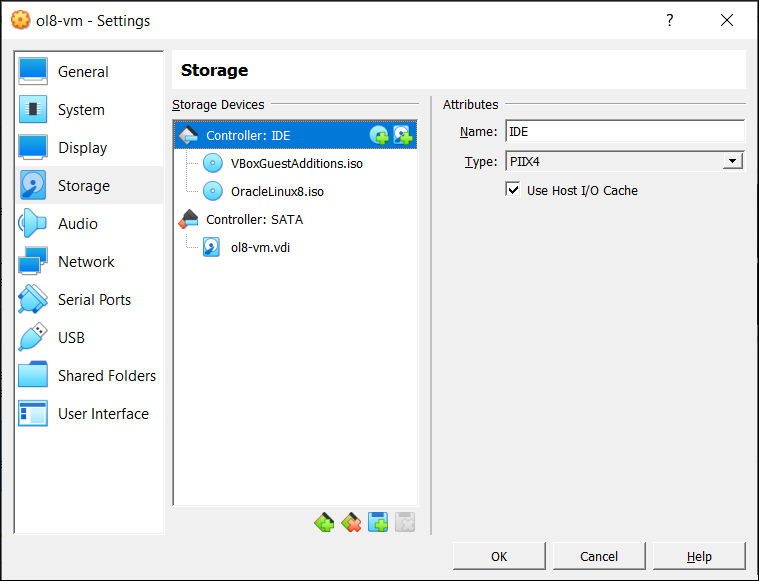

Familiarity with SQL will help you learn it very fast. A basic understanding of any of the programming languages will help you in understanding the SAS programming concepts. Prerequisitesīefore proceeding with this tutorial, you should have a basic understanding of Computer Programming terminologies. In addition, it will also be quite useful for those readers who would like to become a Data Analyst or Data Scientist.

This tutorial is designed for all those readers who want to read and transform raw data to produce insights for business using SAS. SAS has a very large number of components customized for specific industries and data analysis tasks. That makes it stand out from the crowd as it gives much finer control over data manipulation. The extraction process can take up to an hour. Right-click the Software Depot archive, and from the drop-down menu, select Extract All. The Software Depot archive will be a ZIP file. Depending you your connection speed, the download can take several hours. Unlike other BI tools available in the market, SAS takes an extensive programming approach to data transformation and analysis rather than a pure drag drop and connect approach. Download the SAS Software Depot Archive from the CU Software SAS page. SAS transforms data into insight which can give a fresh perspective on business. Through innovative analytics it caters to business intelligence and data management software and services. Learn more about our advanced analytics capabilities.īy Brett Beattie, Senior Associate Consultant with Clarity Solution Group, SAS Certified Base Programmer for SAS 9.PDF Version Quick Guide Resources Job Search Discussion Need help putting your data in perspective? At Clarity Solution Group we help our clients turn their data into contextual information. However, from SAS, this report can still be easily exported to a PDF, Word, or Excel file for further analysis. We also have 5 records that have Make = ‘Acura’ AND Type = ‘Sedan’ (line 47).īy generating reports using SAS, we minimize the need to move data between platforms to generate insight.

For example, in our dataset, there are 8 records that have Make = ‘Suzuki’ (line 42) regardless of Type. _FREQ_ is a SAS generated variable that determines the frequency of records that fall into that grouping. The actual number in the _TYPE_ column does not have any significance from a statistic perspective – it is merely to help the user identify the level at which the data is grouped. However, in line 46, the calculations are being done for cars with Make = ‘Acura’ AND Type = ‘SUV’. For example, in line 40, the sample statistics are being calculated for all cars with Make = ‘Scion’ regardless of type. The data can be downloaded here, and I recommend you copy / paste the list of short forms from the site into your code for easy reference. _TYPE_ is a SAS generated variable that will help us identify the level of grouping that is being done for our computations. The original dataset is multiple CSV files, which I merged, cleaned (I didn’t need all the variables, and there was 1 duplicate record) and imported into SAS University Edition.


 0 kommentar(er)
0 kommentar(er)
